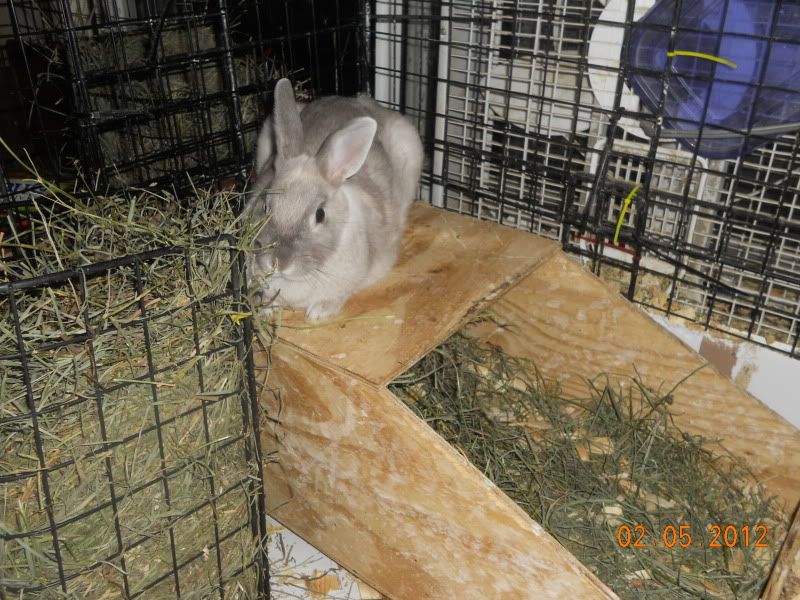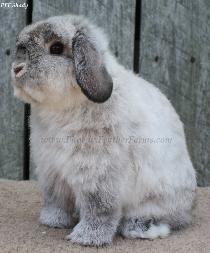LopLover
Well-known member
So I have recently come across people talking about the color ermine in rabbits, also known at the brown-eyed white. I know it is not a show able color but I was curious as to know if the gene for ermine is located on the C-gene such as the shaded gene, chin gene and REW gene are. Also is it dominant or recessive or even partial dominant/recessive. I am curious to learn more about it.
















